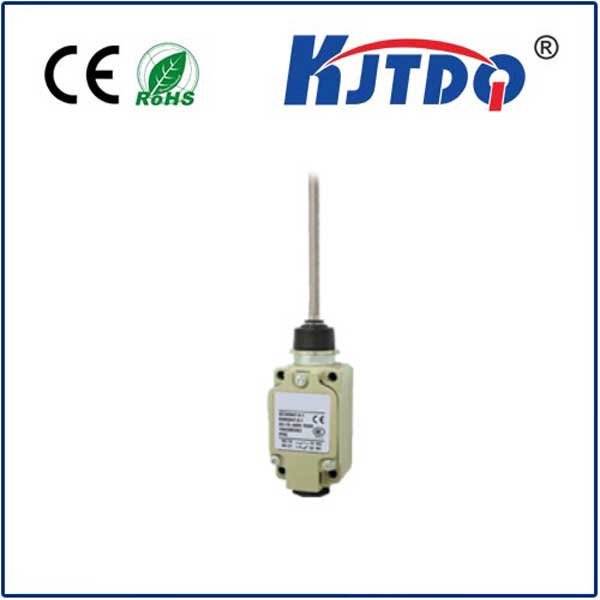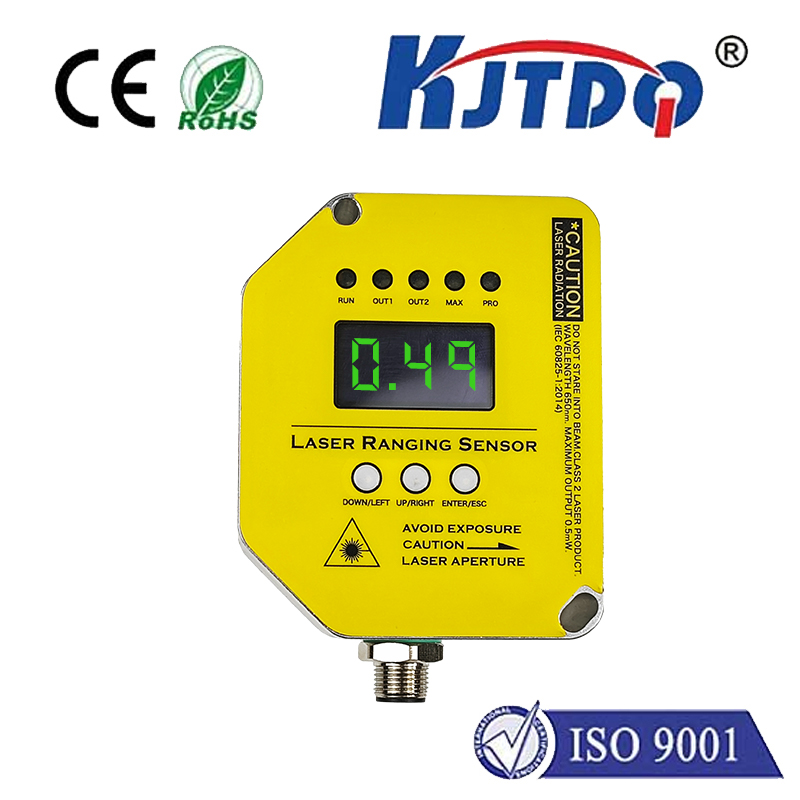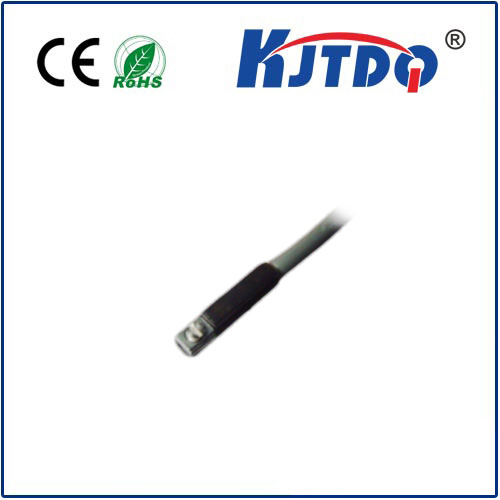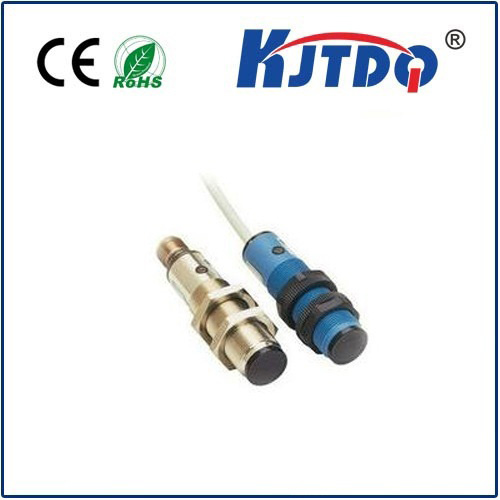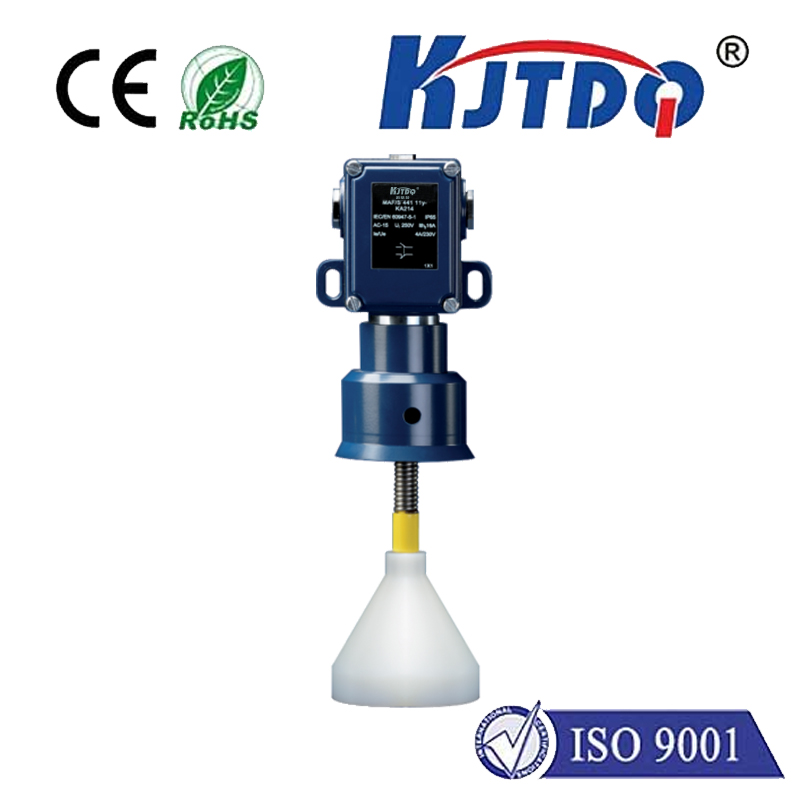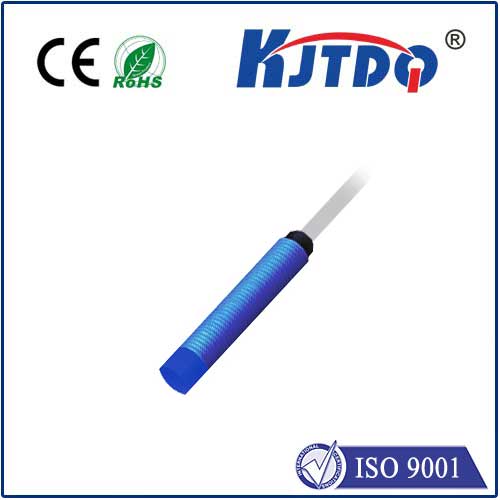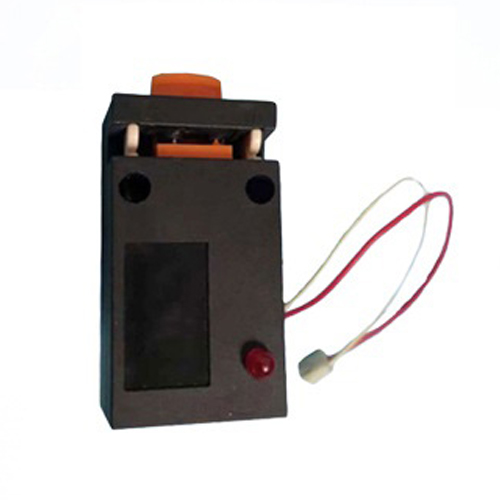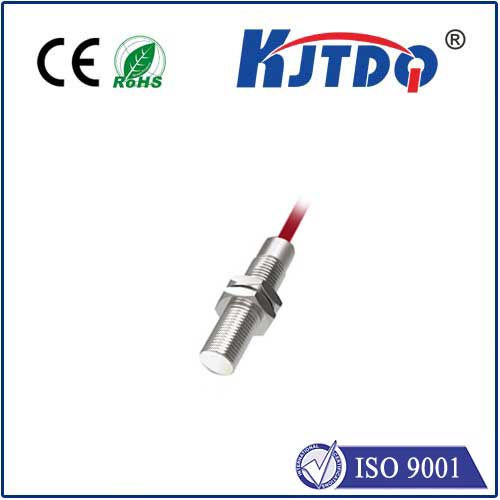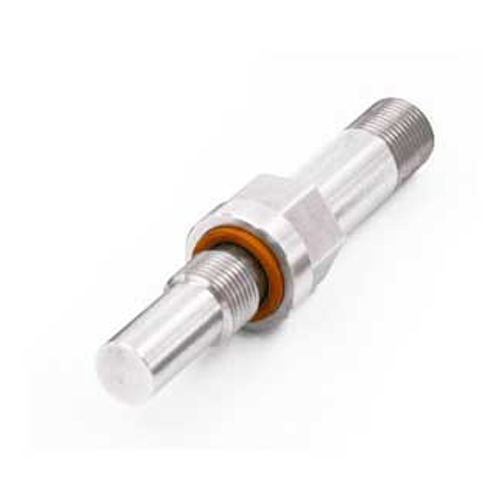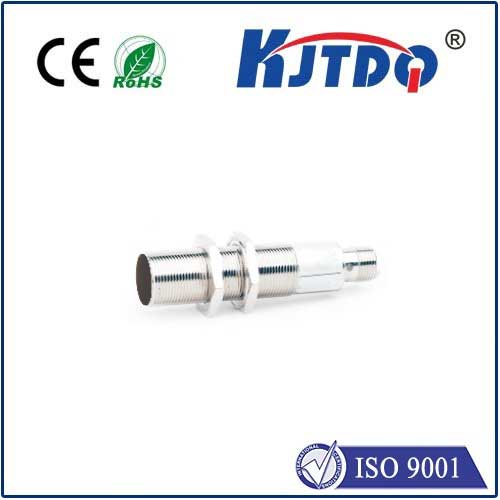BES0487 proximity sensor
- time:2025-10-17 01:00:35
- Click:0
BES0487 Proximity Sensor: The Unseen Guardian Revolutionizing Industrial Automation
Imagine a high-speed assembly line where robotic arms deftly weld car frames. Now, imagine one vital component – say, a metal bracket – fails to arrive precisely at the welding station. Without detection, the welder descends anyway, potentially causing catastrophic damage to the robot, the product, or even triggering a safety hazard. This scenario underscores the critical role of an unseen hero: the proximity sensor. Specifically, the BES0487 proximity sensor stands as a prime example of the sophisticated technology quietly ensuring efficiency and safety in the modern industrial landscape.
At its core, a proximity sensor is a non-contact device designed to detect the presence or absence of an object within a defined range. Unlike limit switches requiring physical contact, proximity sensors operate silently and reliably using electromagnetic fields, light, or sound. The BES0487 represents a specific variant within this category, generally understood to be an inductive proximity sensor. This means it excels at detecting metallic objects – ferrous metals like iron or steel typically yield the longest range, while non-ferrous metals like aluminum or copper can also be detected, often at a shorter distance.
Why the BES0487 Proximity Sensor is an Industrial Cornerstone:

- Unwavering Reliability: Engineered for demanding environments, sensors like the BES0487 boast exceptional resistance to vibration, dust, moisture (often conforming to ratings like IP67), and even common industrial chemicals. This robustness translates to minimal downtime and reduced maintenance costs.
- Speed and Precision: Inductive proximity sensors are renowned for their incredibly fast response times, often measured in milliseconds (e.g., 0.1ms). This is crucial for high-speed automation where precise timing is paramount – detecting parts on a moving conveyor belt, counting objects rapidly, or triggering actions at the exact moment an object arrives. The BES0487 proximity sensor is designed to deliver this high-speed performance reliably.
- Non-Contact Detection: Eliminating physical contact removes wear and tear inherent in mechanical switches. This significantly extends the sensor’s operational life and ensures consistent performance cycle after cycle.
- Simplified Integration: Modern proximity sensors like the BES0487 typically feature standardized mounting (e.g., threaded barrels like M8, M12, M18, M30) and output configurations (PNP/NPN, NO/NC), making them easy to integrate into existing control systems (PLCs) and machinery without complex adaptations.
- Cost-Effectiveness: Offering a compelling blend of performance, longevity, and reliability, industrial proximity sensors like the BES0487 deliver significant value, reducing overall operational costs and boosting productivity.
Key Applications Where the BES0487 Proximity Sensor Shines:
The versatility of inductive proximity sensors ensures their presence in virtually every industrial sector:
- Position Sensing: Verifying the position of machine parts (end-of-stroke for cylinders, door open/closed status), tool turrets, or slides.
- Object Detection: Detecting the presence/absence of metallic parts on conveyors, pallets, or within assembly fixtures. The BES0487 excels in these high-cycle detection tasks.
- Level Sensing: Monitoring levels in tanks containing conductive liquids or detecting metal caps/bins.
- Speed Monitoring & Counting: Transforming rotational speed into pulses (via a rotating metal target) or counting metallic objects passing a point.
- Automated Packaging: Detecting metal components in packaging lines, controlling filling levels on metallic containers, or verifying case seal presence.
- Robotics: Providing precise position feedback for robotic arms, grippers, and automated guided vehicles (AGVs) navigating near metallic structures.
Understanding BES0487 Specifications (Typical Inductive Sensor Parameters):
While exact specs can vary slightly between manufacturers using the BES0487 designation, key parameters to consider include:
- Operating Principle: Inductive.
- Sensing Range: Typically specified (e.g., 4mm, 8mm, 12mm, 18mm). Crucially, the rated operating distance (“Sn”) defines the ideal detection range under standard conditions. Mounting and target material impact the real-world effective range.
- Target Material: Optimized for ferrous metals (steel), effective on non-ferrous (aluminum, brass) at reduced range.
- Output Type: Commonly PNP (sourcing) or NPN (sinking), configured as Normally Open (NO) or Normally Closed (NC).
- Supply Voltage: Wide operating range typical (e.g., 10-30V DC).
- Housing Material: Often nickel-plated brass or stainless steel for robustness.
- Protection Class: High ingress protection like IP67 (dust-tight and resistant to temporary immersion) is standard.
- Temperature Range: Designed for industrial environments (e.g., -25°C to +70°C).
- Response Frequency: Indicates max switching speed (e.g., 500 Hz, 1000 Hz, 5000 Hz), critical for high-speed applications. The BES0487 proximity sensor is built to handle demanding switching frequencies.
- Mounting: Standard threaded barrel (M size specified).
Selecting the Right Sensor: Considerations Beyond the BES0487 Code:
When sourcing a sensor like the BES0487, the part number provides a starting point, but confirming these details is essential:
- Sensing Distance: Precisely match the required detection gap.
- Target Material: Ensure the sensor is suitable for the metal you need to detect (ferrous vs. non-ferrous).
- Mounting Size & Style: Confirm the thread size (e.g., M8, M12) and whether a flush or non-flush mounting style is required. Flush-mount sensors can be embedded into metal, while non-flush offer longer ranges but require clearance.
- Electrical Output: Select PNP/NPN and NO/NC to seamlessly interface with your PLC or controller.
- Environmental Conditions: Verify the IP rating and temperature range meet the application’s demands.
From safeguarding personnel by ensuring safety gates are closed to enabling the precise assembly of intricate electronics, proximity sensors are the silent sentinels of automation. The BES0487 proximity sensor, embodying the core strengths of robust inductive technology, exemplifies the reliability and versatility demanded by modern industry. By providing fast, accurate, and non-contact detection of metallic objects, it contributes directly to enhanced safety, optimized production speeds, reduced waste, and ultimately, a more efficient and profitable manufacturing ecosystem. Specifying the right sensor, confirming its parameters, and integrating it effectively are key steps in harnessing this powerful technology.






